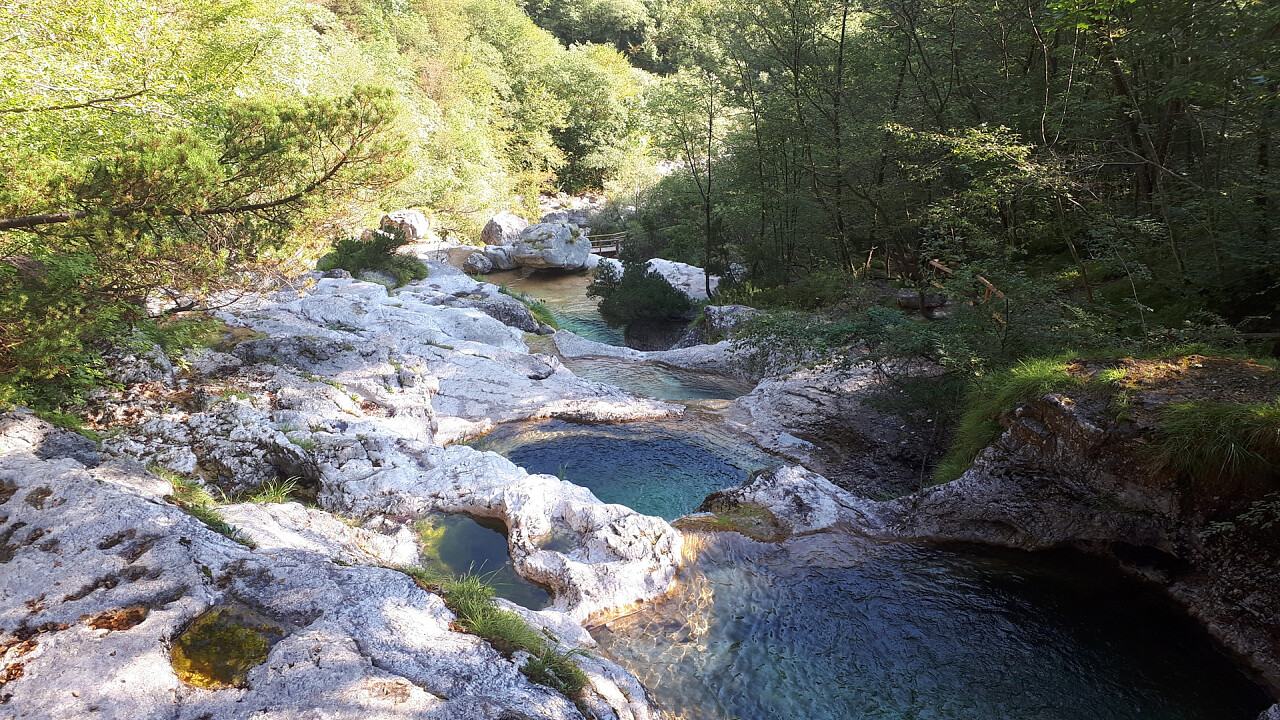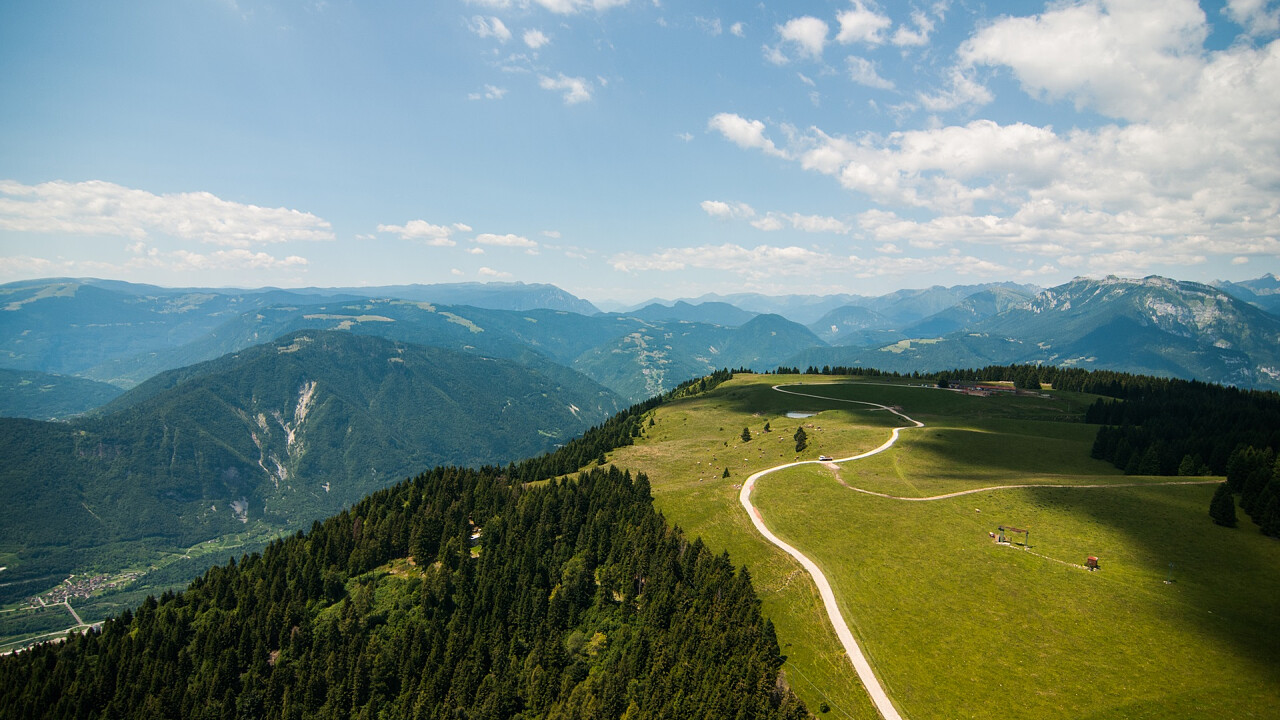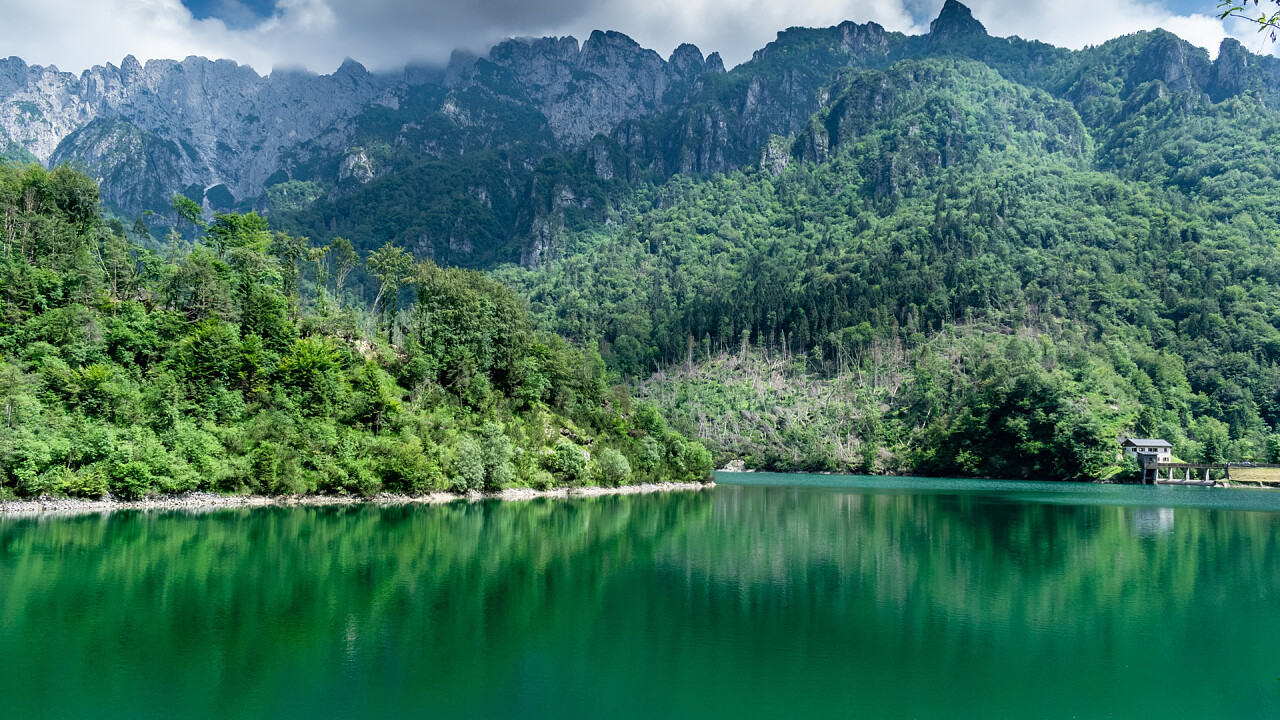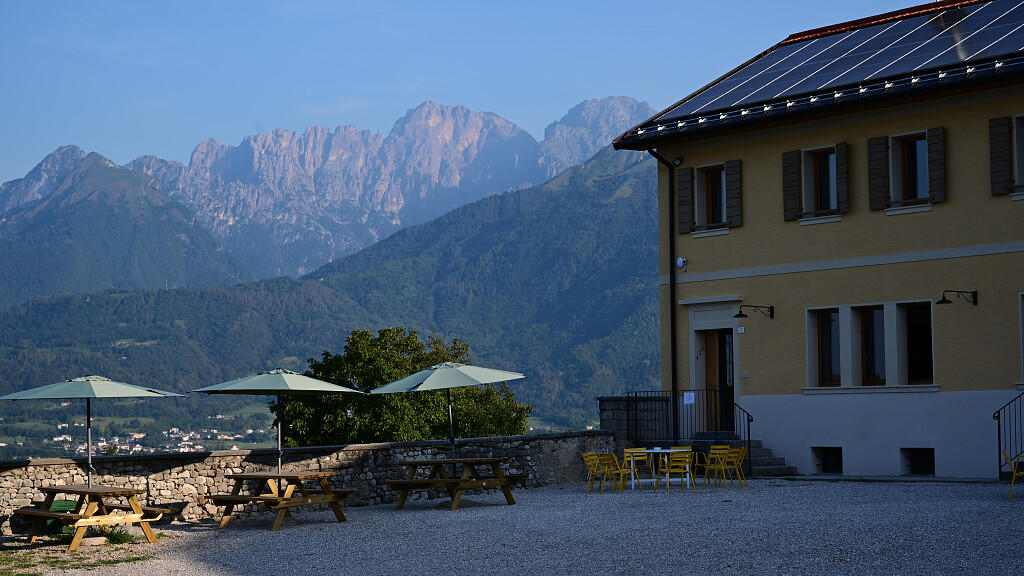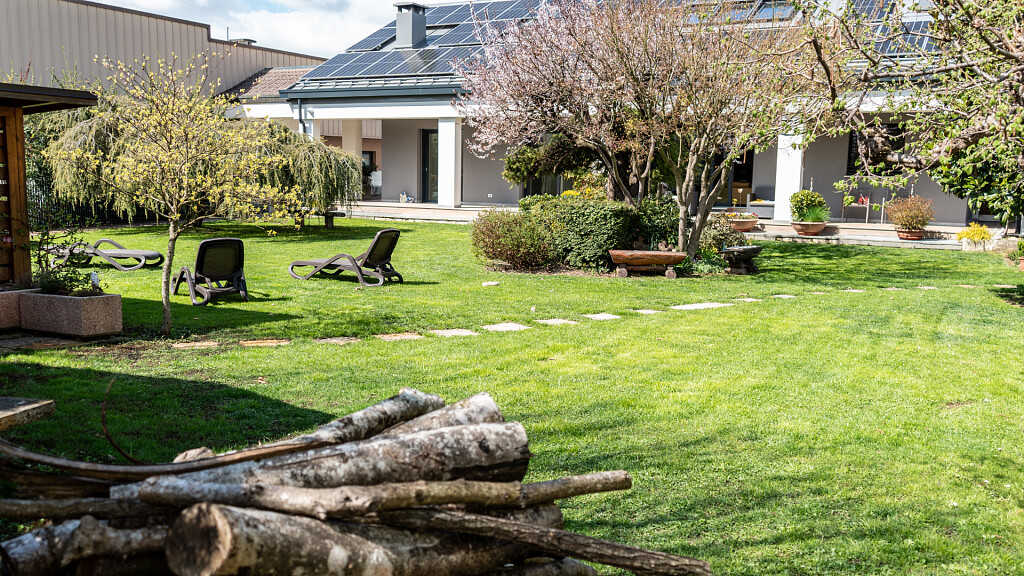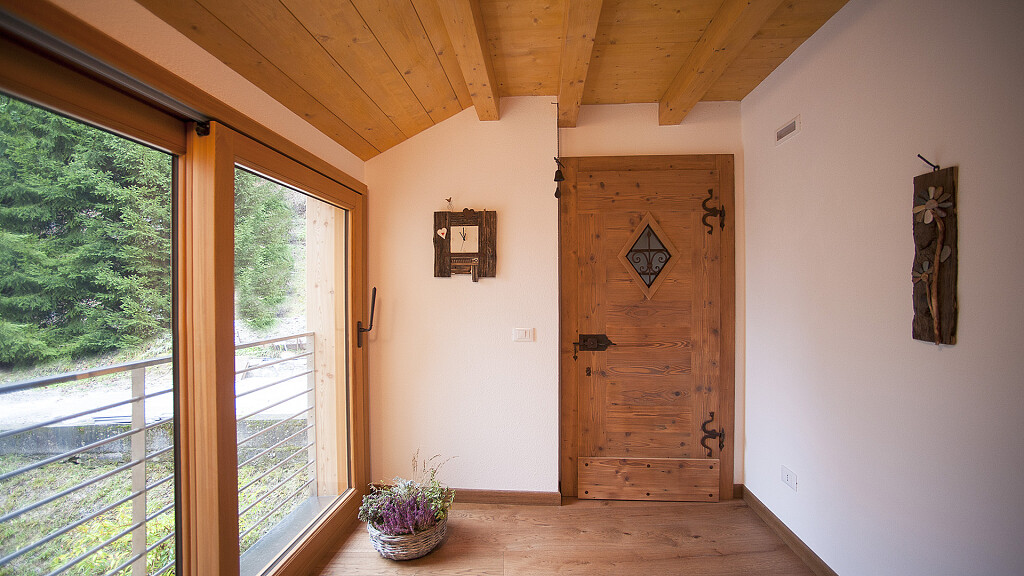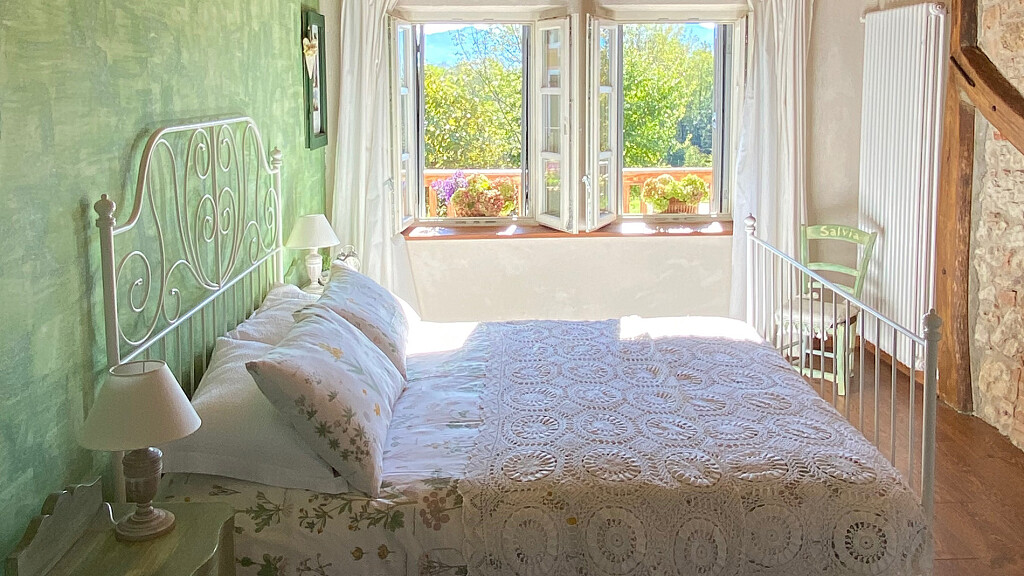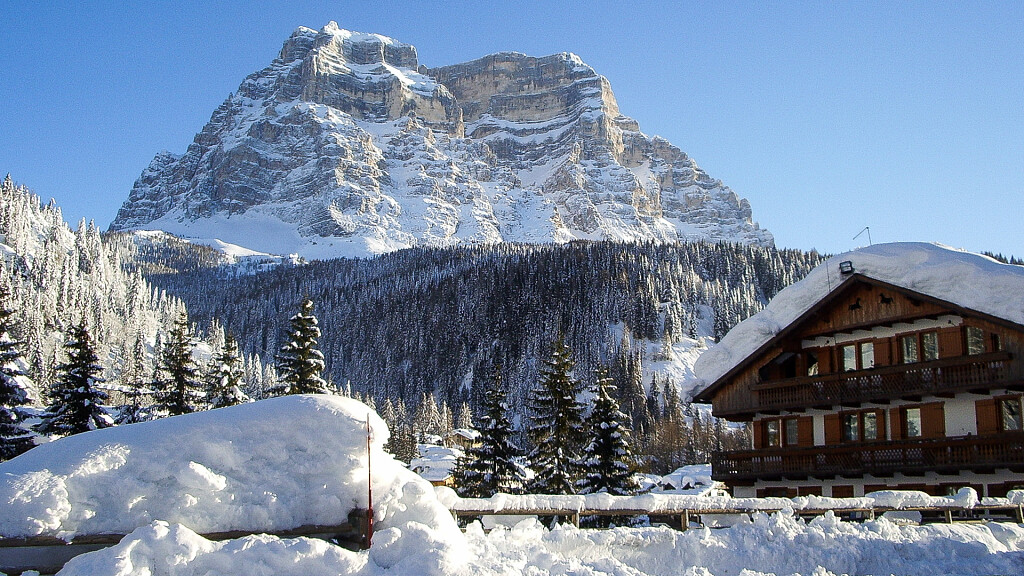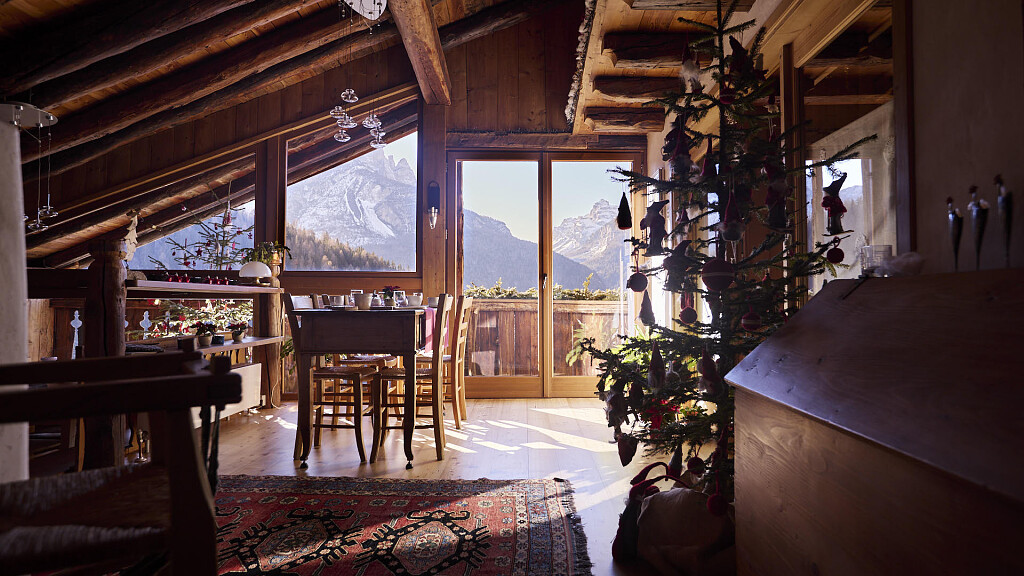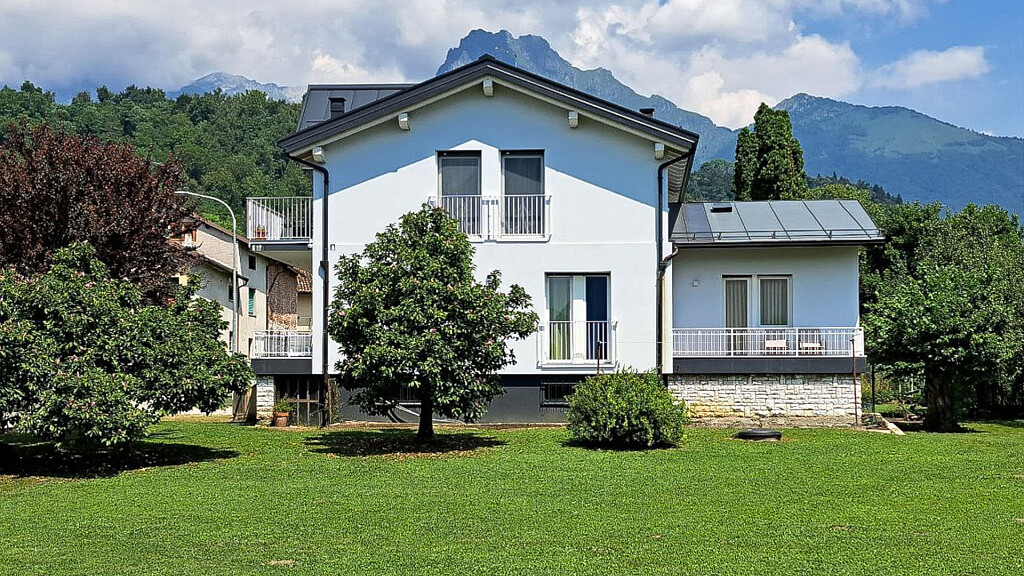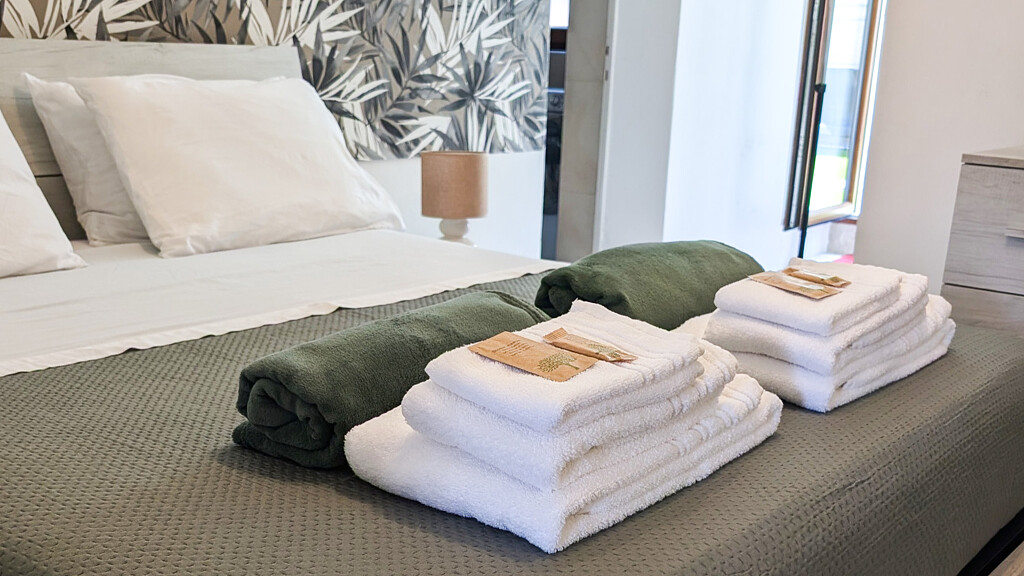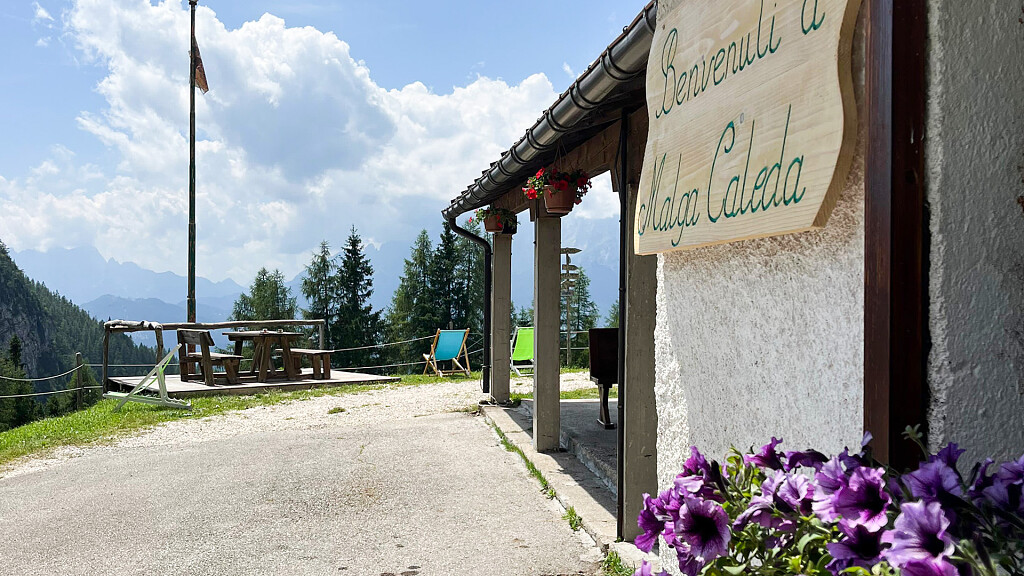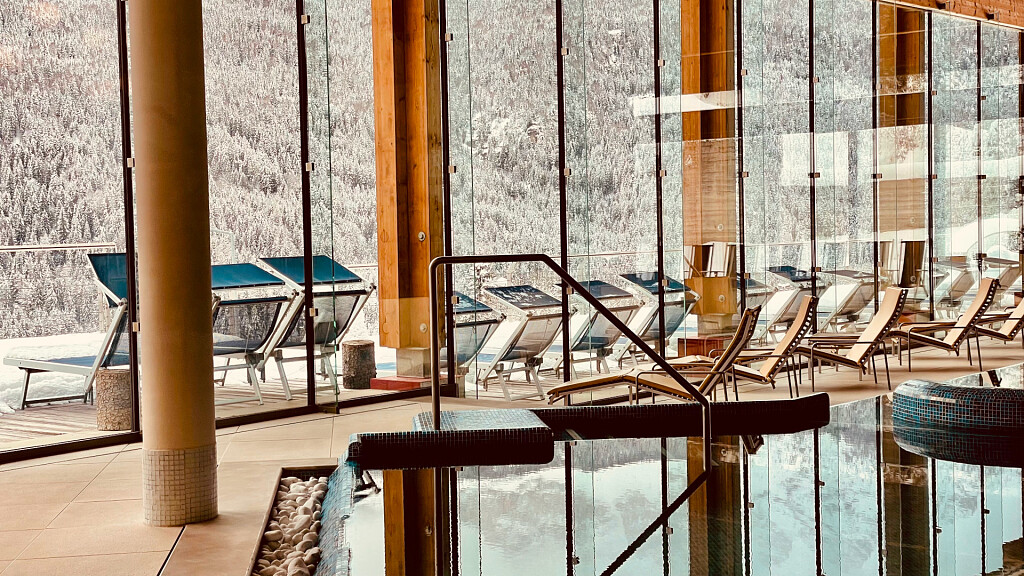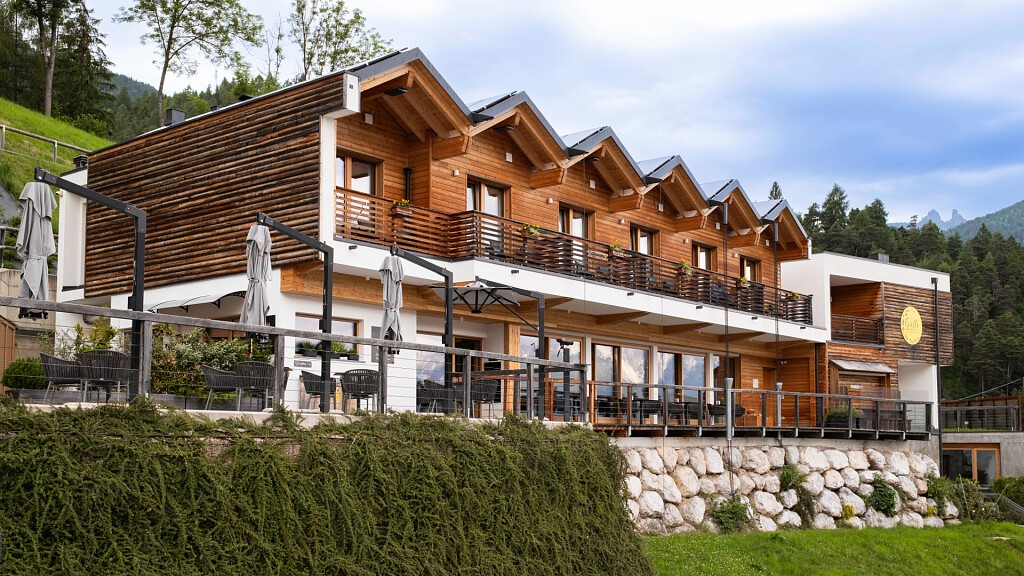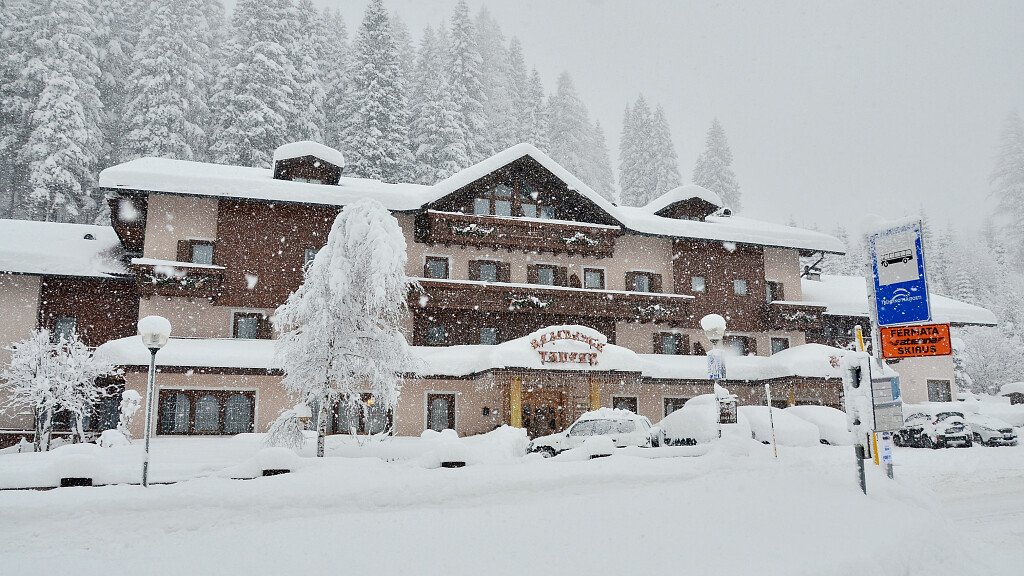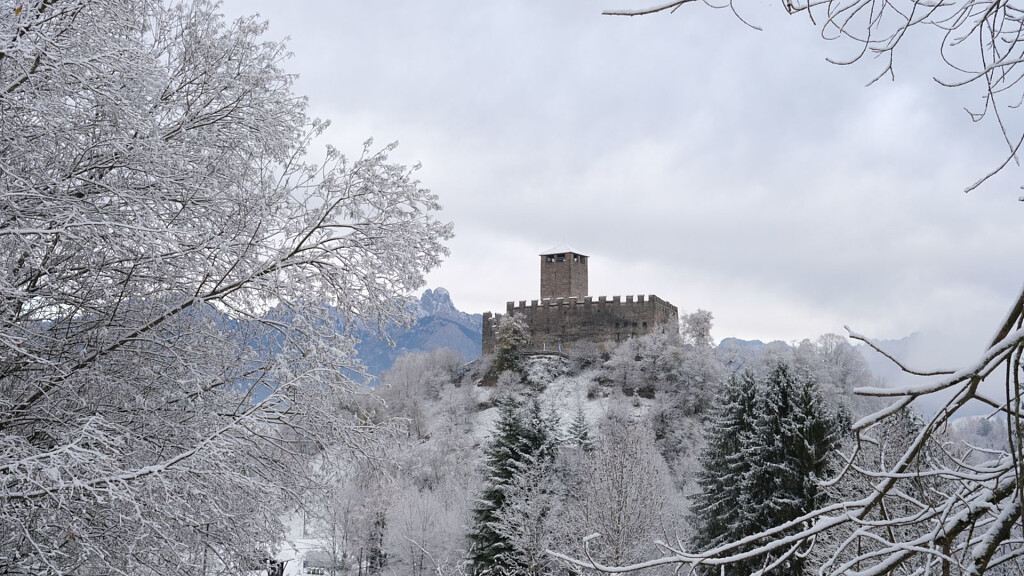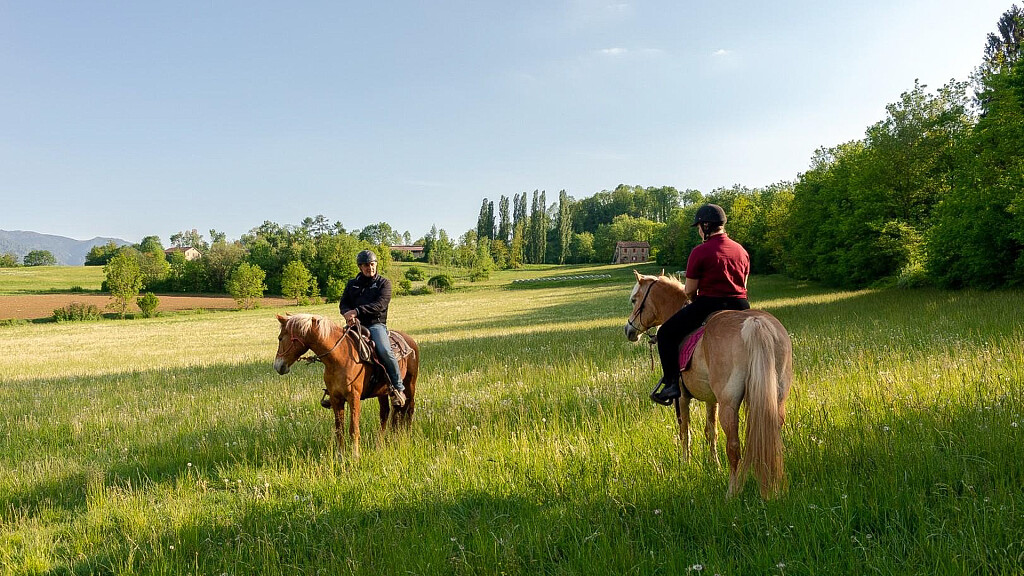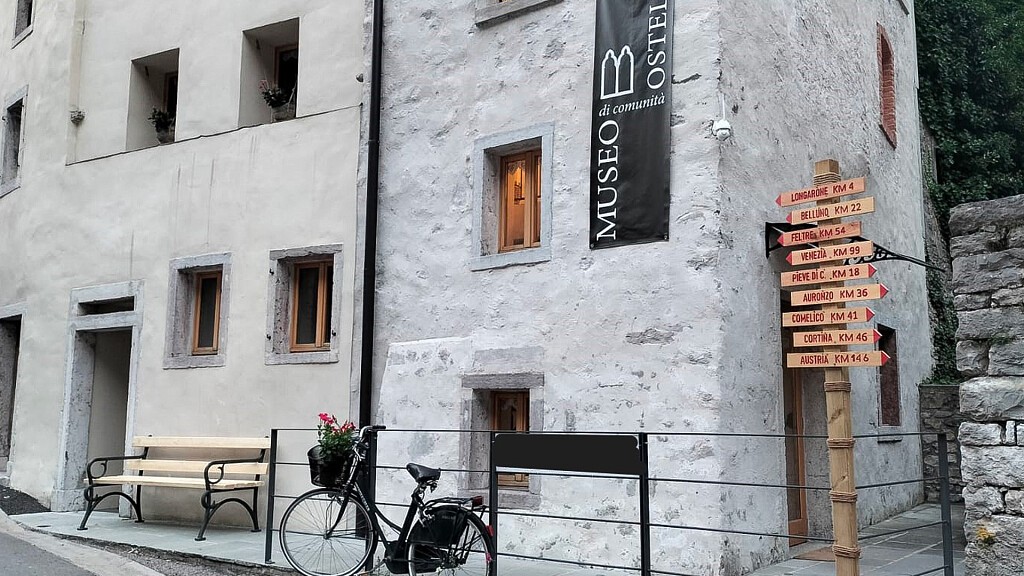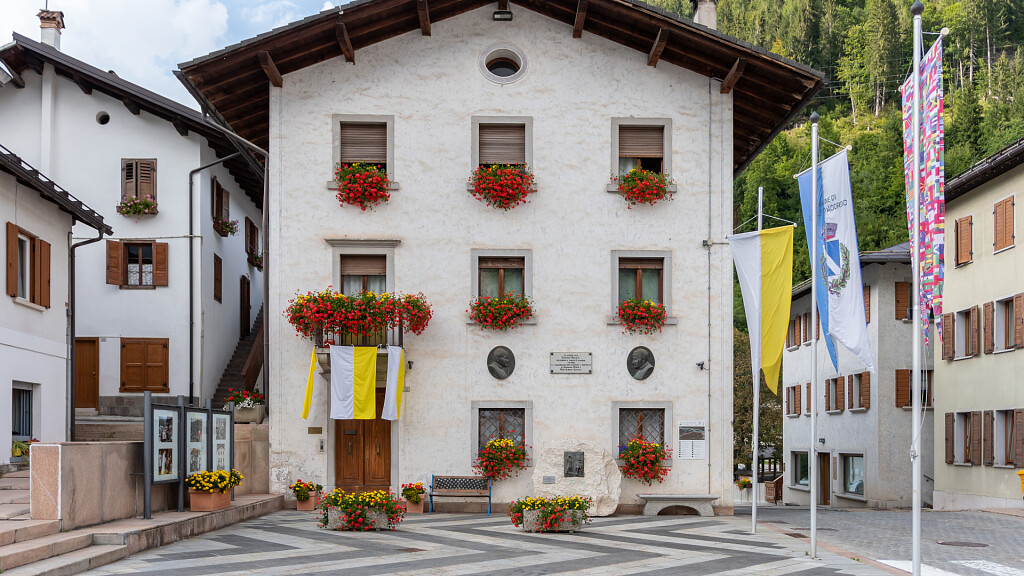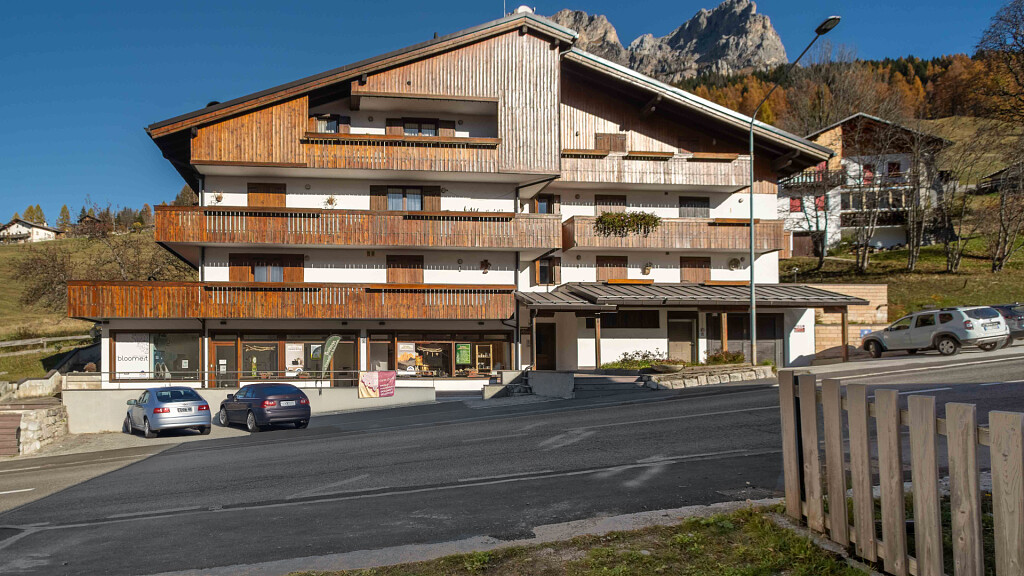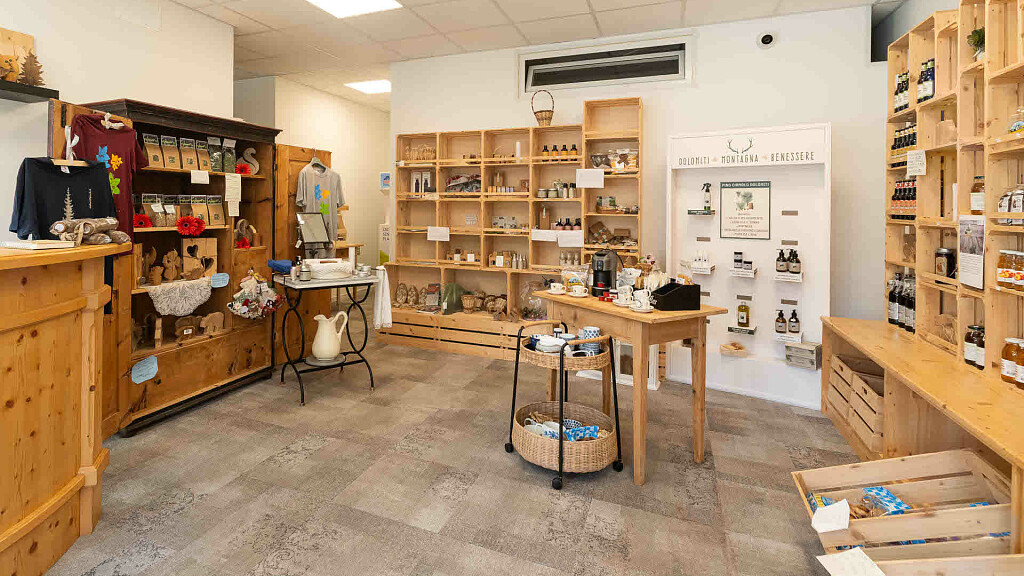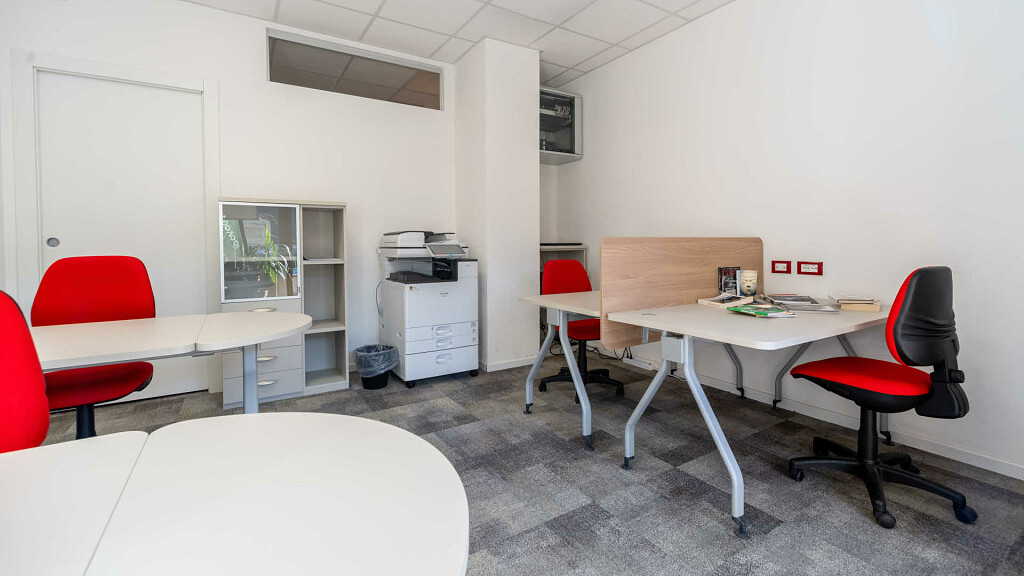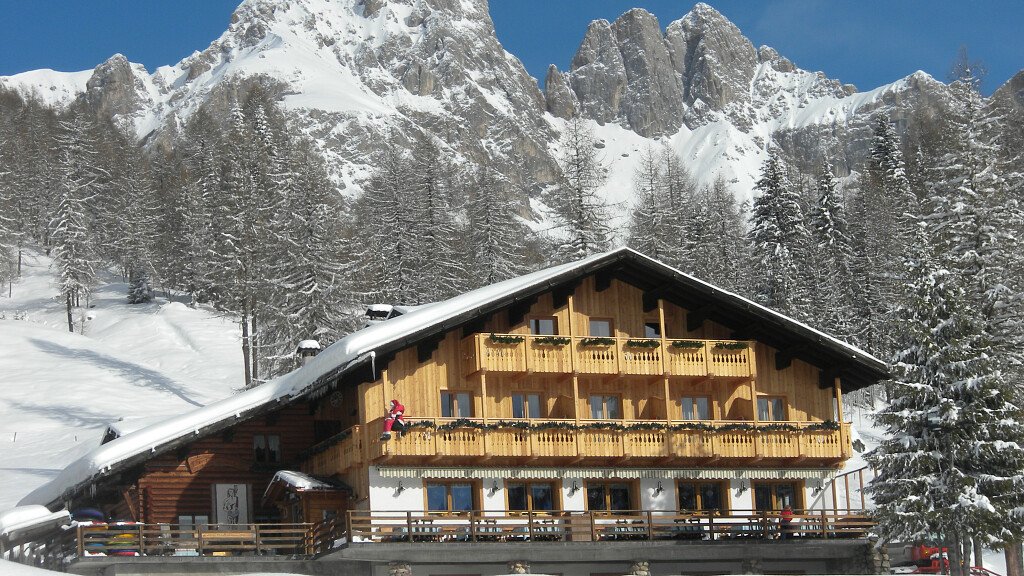Established in 1990, operative since 1994, this is the only national park in the North-East of Italy: it is quite vast, and may be extended, one day, in order to cover also the neighbouring Bosconero group, where we can already find a deserted valley, the Tovanella, protected: this valley must be mentioned as recently a few bears have become residents (the animals trekked from the ex-Jugoslavia).
As it is, the Dolomiti Bellunesi National Park includes both mountains groups above Feltre (the Vette, Cimònega and Pizzocco peaks), the wild Monti del Sole (Mountains of the Sun) and the beautiful Schiara, above Belluno, the highest peak at 2,565 m. But the lowest peaks cannot be absolutely underestimated: the 2,186 m high Pizzocco is easy, and it offers a fantastic view over the Dolomites and the Val Belluna, as well as the Monte Serva peak.
Flora
The main characteristic that distinguishes the park is the great variety of environments: from the riparian areas at the bottom of the valley to the rocky walls at high altitudes, passing through broadleaf forests, coniferous forests, high altitude shrubs, prairies and macerated areas.
One of the main scientific reasons for the birth of the Dolomiti Bellunesi National Park is the great richness and rarity of its flora. Since 1700 the Vette di Feltre, and also Mount Serva, were visited by some of the greatest botanists of the time. Inside the park you can admire wonderful rhododendrons, thistles and edelweiss.
Fauna
Thanks to the vastness of the territory, which allows numerous animal species to find their habitat within the area, there are no less than 115 species of birds, 20 species of amphibians and reptiles present, over 3,000 chamois, more than 2,000 roe deer, almost 100 species of diurnal butterflies and about 50 species of carabid beetles.
What to see in the Dolomiti Bellunesi National Park
The main sights to see are: the alpine pastures of Vette Grandi and Monsampiano, Piazza del Diavolo (Devil's Square), Stua Lake and Val Canzòi, the lake and Val del Mis with the Cadini del Brenton, Bus de le Nèole, Val di Piero and Val Vescovà, Foresta di Caiàda, Val del Grìsol and, among the most characteristic peaks, the obelisk, visible also from Belluno, of the Gusèla del Vescovà.
Visitor centres active for the season
Belluno
Dolomiti Bellunesi Nature Museum
Piazza Piloni, 25
32100 Belluno (BL)
Piero Rossi Cultural Centre
Piazza Piloni
32100 Belluno (BL)
Pedavena
The Stone in the Pond" Visitor Centre
Piazza I Novembre
32034 Pedavena (BL)
Information point Pian d'Avena
loc. of Pian d'Avena
32034 Pedavena (BL)
Sovramonte
Croce d'Aune Information Point
Aune Cross
32030 Sovramonte (BL)
Cesiomaggiore
Environmental Education Centre La Santina
Loc. La Santina - Val Canzoi
32030 Cesiomaggiore (BL
Al Frassen House
Locality Al Frassen - Val Canzoi
32030 Cesiomaggiore (BL)
Ethnographic Museum of the Province of Belluno and of the Dolomiti Bellunesi National Park
Via Serravella, 1
32030 Cesiomaggiore (BL)
Sospirolo
Campanula morettiana Botanical Garden
Locality Val Brenton
32037 Sospirolo (BL)
Refreshment Area, Camper and Information Point Pian Falcina
Loc. Valle del Mis
32037 Sospirolo (BL)
How to get there
Dolomiti Bellunesi National Park is in Veneto, in the southern part of the province of Belluno, less than 100 km from Venice. The main cities to enter the Park are Belluno and Feltre.
By Car
- Belluno can be reached from Mestre and Venice, first by highway A27 (exit Pian di Vedòia) and then with a short stretch, first on SS road 51 until Ponte nelle Alpi, and then on SS road 50. If you come from Padua, it is advisable to go ahead along the A4 Milan-Venice highway up to the toll booth of Mestre, and from here take the A27 highway to reach Belluno.
- Feltre can be reached from Vicenza by taking the A31 highway of Val d'Astico (exit Dueville), then SS road 47 of Val Sugana almost until Primolano, and finally a stretch on SS road 50 bis, then 50. From the north, the main roads leading to Feltre are: SS road 47 (Val Sugana superhighway) up to Primolano, if you come from Trento, or SS road 50 if you come from Passo Rolle; if you come from Cortina d'Ampezzo and from the Austrian border, you can reach Belluno via SS road 51 of Alemagna.
- If you come from Friuli Venezia Giulia (Gorizia, Trieste, or from the Slovene border), it is advisable to take the A4 highway and then, before Mestre, the A27 highway in the direction of Belluno; if you come from Udine and Pordenone you can follow SS road 13 up to Vittorio Veneto, and then SS road 51 to Ponte nelle Alpi; from here, a short stretch of SS road 50 until you reach Belluno.
The Park area is crossed by two main roads: SP road no. 2 of Valle del Mis and SS road Agordina no. 203 along the lower Val Cordévole. They run in parallel, separated by the group of Monti del Sole, and connect the middle Val Belluna with the Agordino area. Except for SS road Agordina no. 203, going along the Cordevole valley, and the roads of Val Canzoi and Valle del Mis, there are no other roads to enter the Park. Vehicles are strictly forbidden on forest roads and trails.
By Train
Feltre and Belluno are served by Padua-Montebelluna-Feltre-Belluno-Calalzo railway line, provided also with bike transport service (Padua-Feltre: 83 km in about 1 hour and a half; Feltre-Belluno: 31 km in 30 minutes).
Direct trains from Venice to Belluno travel along the Venice-Treviso-Conegliano-Ponte nelle Alpi-Belluno railway line (160 km in about 2 hours).
By bus
In the entire area of Belluno, even in the 15 Municipalities of the Park there is Dolomitibus for the extra-urban and for the urban services to Feltre and Belluno. To reach Belluno by bus it is also possible to use the Flixbus extra-urban services.

